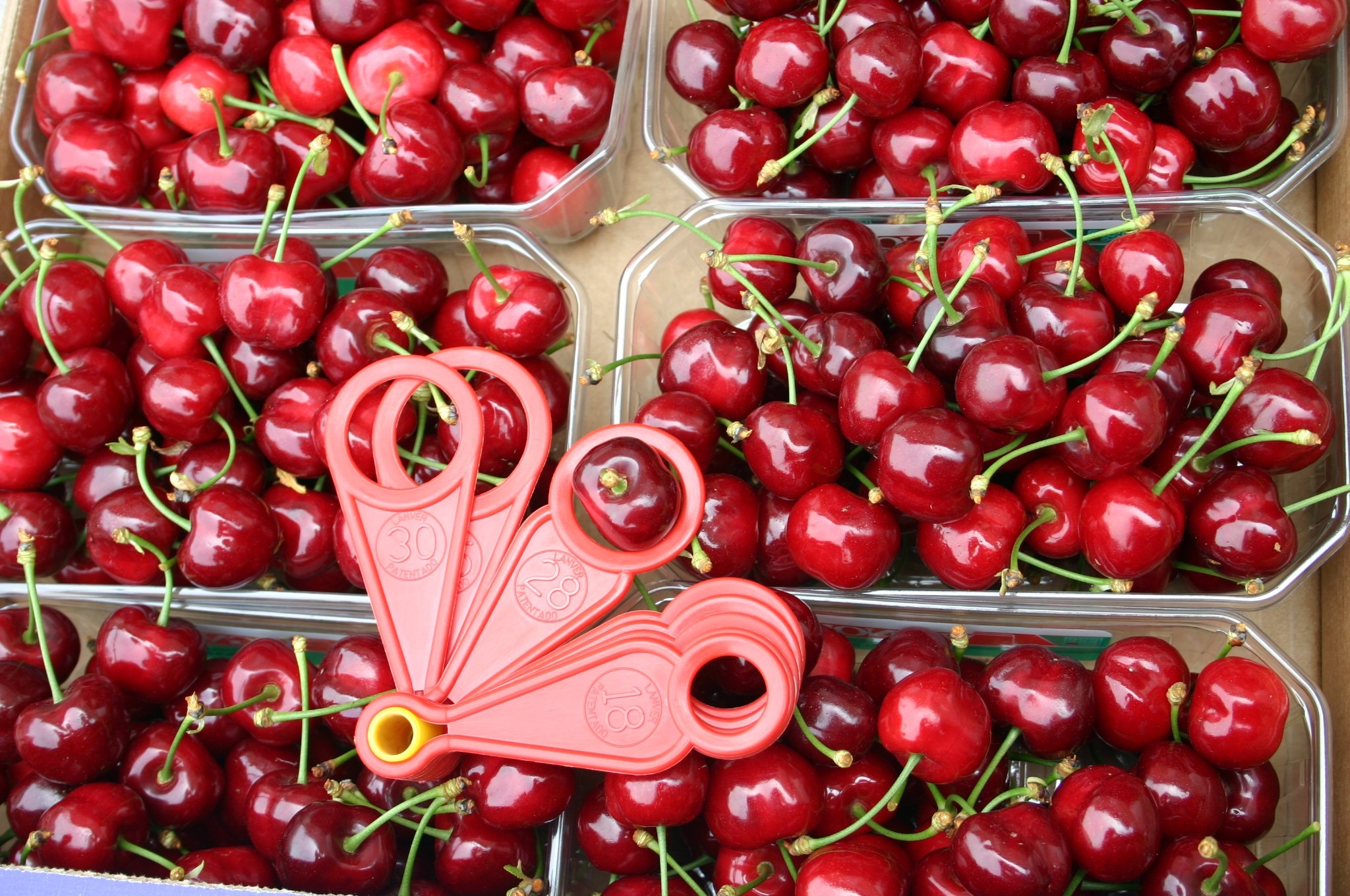Cerasus is a subgenus of the genus Prunus, in the family Rosaceae, which includes about 150 species, known and classified based on their medicinal, edible, and ornamental properties.
Despite the importance of diversification in cultivar characteristics and the economic value of variety breeding, their evolutionary relationship has been controversial.
Currently, it is accepted that the Cerasus subgenus originated in East Asia (i.e., China, Japan, Korea, and Russia), specifically in western and eastern China and along Japan and Korea (i.e., the Himalayas-Japan).
However, it is believed that the origins of the sweet cherry and sour cherry date back to a region south of the Caucasus Mountains, around the Caspian Sea and the Black Sea, before they were spread to Europe and Russia.
Genetic evolution and hybridization
Since hybridization between species belonging to the subgenus Cerasus is natural, it's not surprising that their evolutionary relationships remain to be discovered.
Understanding the evolution of this subgenre and identifying the loci that regulate the most interesting characteristics in edible cherries is important for improving cherry cultivars to meet the needs of both producers and consumers.
In this study, conducted in collaboration between China and France, a chromosome-scale de novo assembly of the genome for the sweet cherry cultivar 'Burlat' (Prunus avium L.) was performed.
This means that the process of reconstructing the complete DNA sequence of an organism's genome starts from scratch, meaning without using a reference genome.
Genome structure and classification
The sequence is then organized into large, contiguous fragments that correspond to entire chromosomes (or nearly complete representations of them).
The results obtained show that the genome of this cultivar spans 297.55 Mb and comprises eight chromosomes with 33,756 protein-coding genes.
Analysis of the population structure and sequencing of 384 accessions representative of the Cerasus subgenus revealed that they could be classified into four groups, from which it was then deduced that Group 1 was the oldest population and that Groups 2, 3, and 4 were descended from it.
Additionally, a reduction in genetic polymorphism for fruit flavor characteristics and increased stress resistance have been identified in several sweet cherry varieties (P. avium, P. cerasus, and P. pseudocerasus).
Gene expression and research applications
Transcriptome analysis of leaves and fruits of P. avium revealed a substantial difference in the expression of genes associated with various synthesis pathways, including the pentose phosphate pathway, fructose and mannose metabolism, and starch and sucrose metabolism.
This comprehensive database of Cerasus species variations will enable future research on various topics, including functional genomics and pangenomics.
These results offer valuable genomic resources for cherry cultivar breeding and provide new insights into the evolutionary processes of the Cerasus subgenus.
In summary, this research sheds light on the demographic history and genetic relationships of some species within the Cerasus subgenus, while also providing new information on the genetic diversity of sweet cherries in China and Europe.
Source: Lei, Y., Jiu, S., Xu, Y. et al. Population sequencing of cherry accessions unravels the evolution of Cerasus species and the selection of genetic characteristics in edible cherries. Mol Horticulture 5, 6 (2025). https://doi.org/10.1186/s43897-024-00120-4
Image source: Antropocene
Melissa Venturi
University of Bologna (ITA)
Cherry Times - All rights reserved












